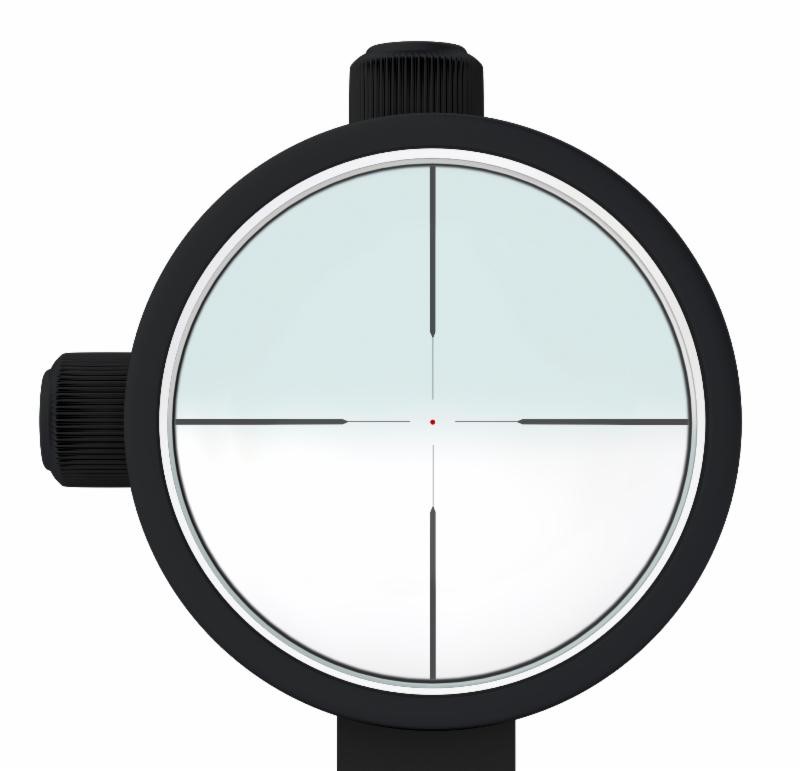Observation #48
 When we work for a company, we always do our due diligence upfront to pinpoint a specific improvement target for the project. Well, almost always. Sometimes we estimate the potential improvement based on our experience, and to be extra cautious we use a range, rather than a specific number. We peg the expected target number in the middle of the range. This is usually a mistake.
When we work for a company, we always do our due diligence upfront to pinpoint a specific improvement target for the project. Well, almost always. Sometimes we estimate the potential improvement based on our experience, and to be extra cautious we use a range, rather than a specific number. We peg the expected target number in the middle of the range. This is usually a mistake.
The problem with ranges is that there is often a strong gravitational force pulling the objectives of the initiative towards the lower end of the range. The range itself suggests that anything within the range is OK, otherwise the range would be different. Psychologically, this results in the midpoint becoming the effective maximum, and the “negotiated” objective falling somewhere between the midpoint and the low end of the range. This is really not surprising, and it’s the same phenomenon that plagues budgets every year. Despite the financial incentives that are sometimes introduced to encourage people to maximize the “reach,” when it comes to performance improvement it’s simply not in the best interests of managers to reach too far. From the perspective of the manager tasked with getting the results, it’s a good idea to manage expectations, and over-delivering is always viewed in a better light than under-delivering. As well, in this world of continuous improvement performance, gains are expected each and every year, so why wouldn’t you hedge? If you throw too much into this year, it will probably just mean that next year’s “reach” will disappoint.
All of which is why giving ranges is a bad idea. It’s better to spend time upfront and properly assess the true value of opportunity that exists within a process or function, and then target a specific percentage of that opportunity. This provides logic and clarity in terms of what the requirement should be. Over time, the actual realized success rate of the improvement project will establish what the right percentage should be. If, for some reason, you have to use a range, it’s better to keep it fairly narrow.